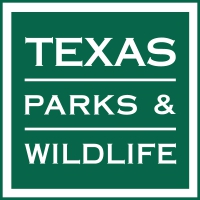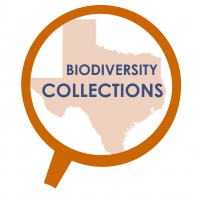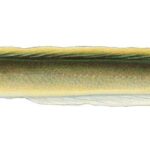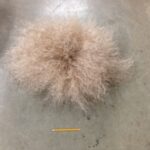Post a flier:
We are asking people to post the following “wanted poster” in work places and angler forums around the state (download printable pdf).
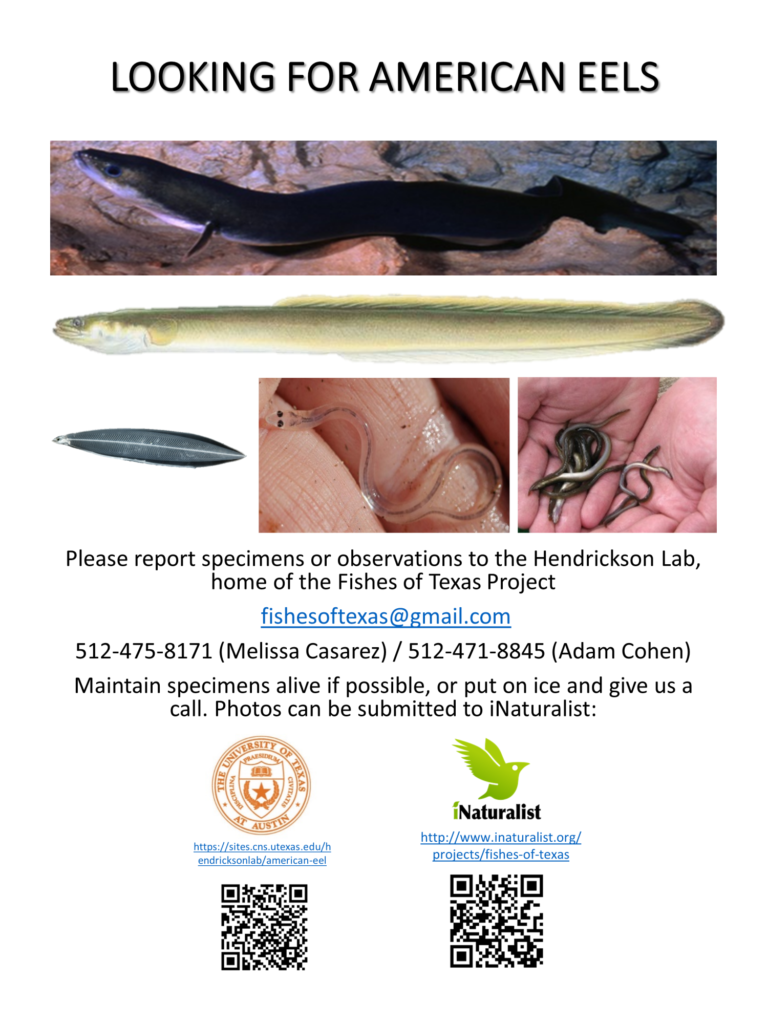
Funding provided by Texas Parks and Wildlife Department and the University of Texas’ Biodiversity Collections.
